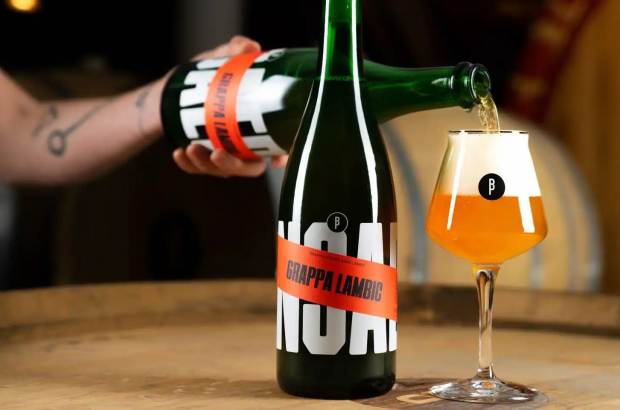- Daily & Weekly newsletters
- Buy & download The Bulletin
- Comment on our articles
Brussels gets first new lambic brewery in 50 years
For the first time in 50 years, a new lambic brewery is being established in Brussels. It now joins Cantillon to become only the second brewer of the regional beer in the capital.
Brussels Beer Project (BBP) is transforming part of its brewery in downtown Brussels to produce lambic beer. Lambic can only be brewed in Brussels and the area southwest of Brussels known as Pajottenland.
This is because it is left in large open vats – called coolships – exposed to the elements, in a process called spontaneous fermentation. The wild yeasts and bacteria native to the region mix with the wort in the vats to create lambic.
This process is also quite sensitive to temperature, so lambic can only be brewed when night-time temperatures drop to between 0° and 5°C. Then windows or vents must be open to allow the natural organisms to get to the wort. Cantillon had to famously suspend production a few years ago due to unseasonably warm temperatures.
Lambics are drunk on their own but are also aged and blended to produce geuze and kriek. BBP will officially launch two new lambics this week under the label Dansaert.
Exotic flavours
“It’s pretty absurd, we’ve been working on the lambics for two years,” BBP taproom manager Dimitri Van Roy told VRT. “We started in January of 2020. A lambic takes time. And a geuze is a blend of one-, two- and three-year-old lambic, so we have another year before we can produce a geuze.”
Once extremely popular, lambic, geuze and authentic kriek (not the sweetened stuff from the major producers) languished a bit in the latter half of the 20th century, with small brewers being bought out. But it’s now experiencing a resurgence in popularity, with more interest in artisanal brews among beer drinkers.
“We are following the brewing regulations to be able to call the beer lambic,” says Van Roy, “but we are going to play with other ingredients. We will store the brews in oak barrels and experiment with, for instance, exotic fruits.”
Photo courtesy BBP

















